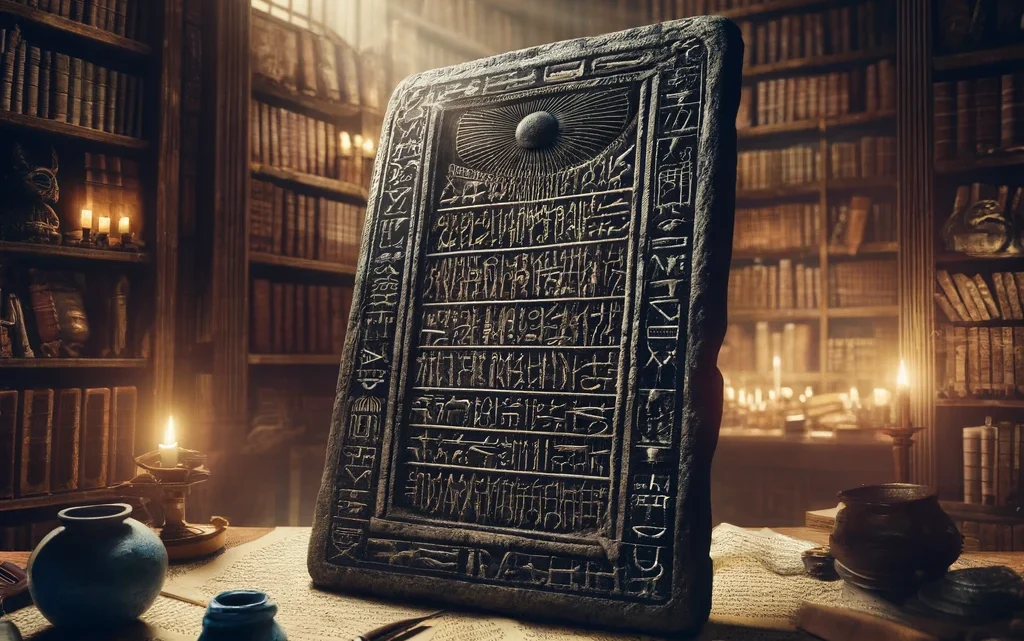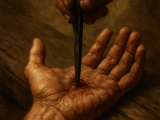Unfulfilled Prophecy and Missteps of the Book of Mormon


The Book of Mormon is a religious text central to the faith of members of The Church of Jesus Christ of Latter-day Saints (LDS Church) and other groups within the Latter Day Saint movement. Joseph Smith, its founder, claimed it to be the translation of an ancient record. However, critics argue that there are several aspects of the text which challenge its historical and prophetic claims. Here, we explore some of these points of contention, particularly focusing on unfulfilled prophecies and perceived inconsistencies.
Unfulfilled Prophecies
One aspect of the BoM that draws criticism is the prophecies that have not manifestly been fulfilled or that lack empirical verification. For instance, the BoM contains specific prophecies about the latter-day gathering of Israel and significant events leading up to the Second Coming of Christ. Critics argue that tangible evidence for these prophecies remains unseen or interpretable in multiple ways, thus challenging their validity.
Geographical and Archaeological Inconsistencies
The BoM describes detailed geographies, peoples, and civilizations that purportedly existed in the Americas. However, critics point out a lack of direct archaeological evidence supporting these descriptions. This includes the existence of animals, crops, and technologies described in the BoM but not evidenced to have been present in pre-Columbian Americas through archaeological records.
Anachronisms
Anachronisms, or the presence of items and concepts in the text not corresponding with the time periods they are associated with, are frequently cited by critics. References to horses, chariots, steel, and wheat in the BoM are examples where critics see a mismatch between the text’s claims and existing historical and archaeological evidence from pre-Columbian America.
Linguistic Concerns
The BoM was said to be translated from “Reformed Egyptian” by Joseph Smith. Critics argue the existence of “Reformed Egyptian” is not supported by linguistic scholarship, and no non-LDS Egyptologists acknowledge it as a known script. Additionally, the original manuscript of the BoM has not been made available for public or scholarly review, adding to the skepticism regarding its translation.
DNA Evidence
Recent advances in DNA technology have allowed for greater exploration into the genetic history of Native American populations. Critics of the BoM argue that DNA evidence does not support the narrative that these populations are descendants of Israelite groups, as the BoM suggests.
Doctrinal Discrepancies
Some argue that there are discrepancies between BoM teachings and later LDS doctrines, suggesting evolution in church teachings that may not align with the text. Critics see this as a challenge to the consistency and divine origin of the BoM.










